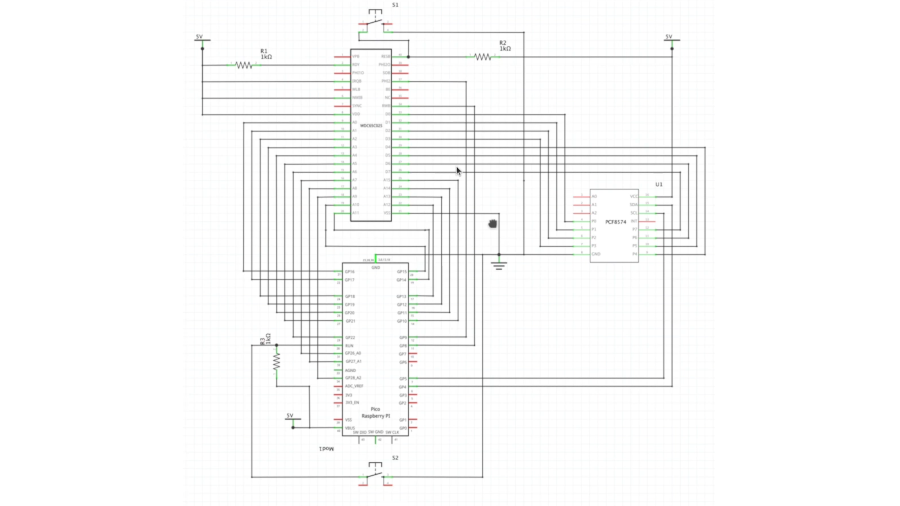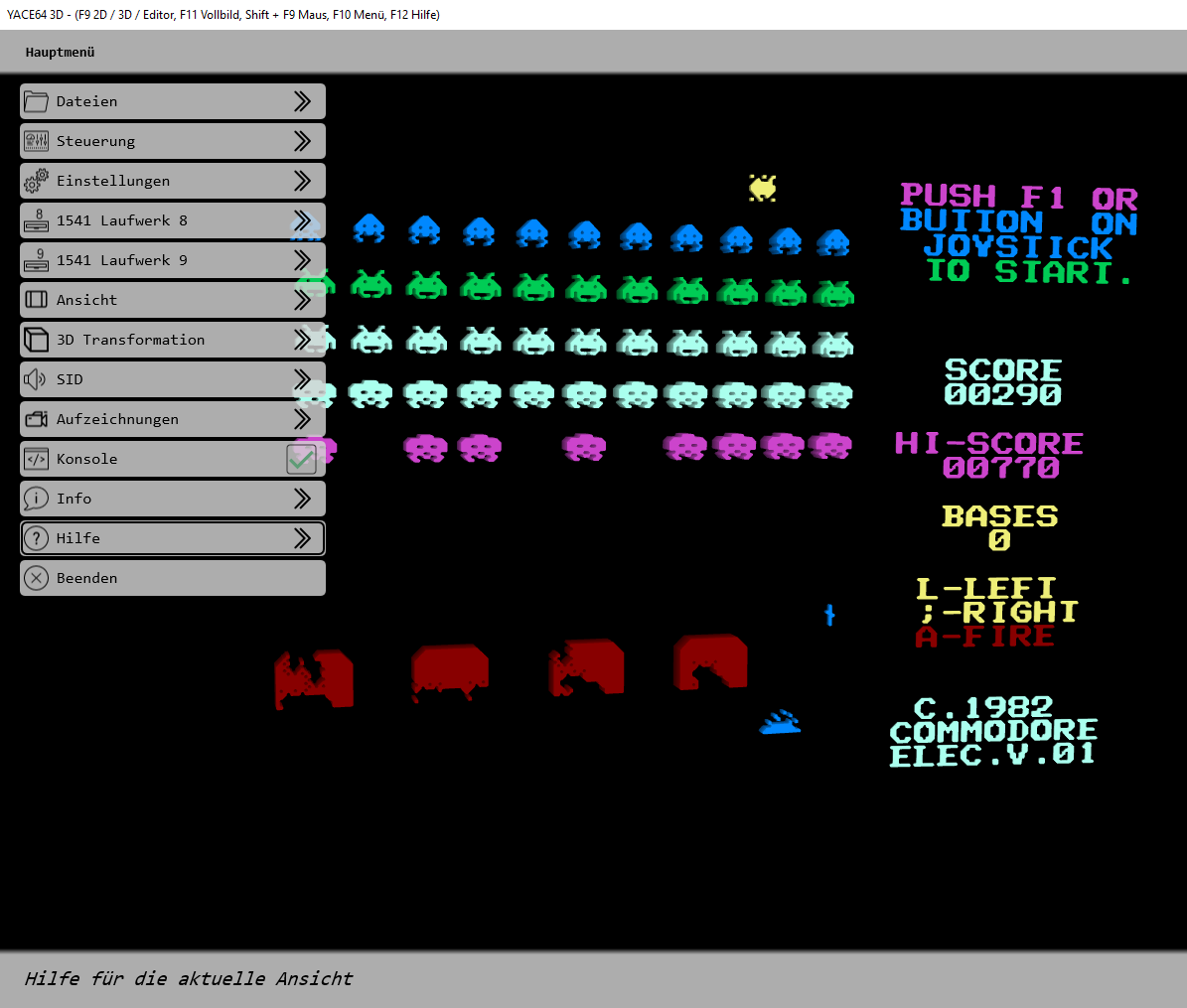

Thus, adding the twos complement is the same as subtracting. To see why twos complement numbers work this way, consider M + (-N) or M - NĪdding 256 doesn't change the 8-bit value. This is why twos complement numbers are so useful - the same addition circuit works with them.

Note that 80+144 and 80-112 had exactly the same bit-level operations - only the interpretation of the bits was different. This result is the twos complement of 32, indicating -32. The twos complement is very useful because adding M and the twos complement of N is the same as subtracting N from M.įor example, to compute 80 - 112, simply take the twos complement of 112 (binary 10010000) and add it to 80 (binary 01010000), yielding (binary 11100000). That is, the twos complement of N is 256-N.
#6502 EMULATOR TUTORIAL PLUS#
The twos complement of a number is the ones complement of the number plus 1. That is, the ones complement of N is 255-N. The ones complement of a number simply flips all 8 bits in the number. The concepts of ones-complement and twos-complement are important to understand signed arithmetic. The carry flag can be used to chain together multiple ADC operations to perform multi-byte addition. The carry flag is used as the carry-in for the operation, and the resulting carry-out value is stored in the carry flag. The following diagram shows an example addition in binary, decimal, and hexadecimal. The 6502 has an 8-bit addition operation ADC (add with carry) which adds two numbers and a carry-in bit, yielding an 8-bit result and a carry out bit. The overflow flag explained, so I won't discuss them here.) These are discussed in detail in the excellent article (The overflag is affected in a couple other cases - the BIT operation, and the SO pin on the chip. If the result of a signed add or subtract won't fit into Most of the flags (carry, zero, negative) are straightforward, but the meaning of the overflow (V) flag is harder to understand. Various status flags (carry, zero, negative, overflow) are set based on the result of the operation. The 6502 instruction set includes 8-bit addition and subtraction operations. The 6502 is an 8-bit microprocessor that was very popular in the 1970s and 1980s, powering popular home computers such as the Apple II, Commodore PET, and Atari 400/800. You might be looking for my other article on overflow - The 6502 CPU's overflow flag explained at the silicon level - which is much more popular.


 0 kommentar(er)
0 kommentar(er)
